In the lowland rainforest of Panama, a plant species Tropical flowering plants may have evolved to use lightning to their advantage. Tonka beans (Dipteryx oleifera) may benefit from being struck by lightning, according to research published in the journal New Phytologist. Scientists found that these plants not only survive being struck by lightning, but also use the lightning to injure competitors and parasitic vines that cling to their stems. Photo: pawopa3336/Getty Images. |
"We started this research 10 years ago. It was clear that lightning kills many trees, especially large trees. However, Tonka bean "It's always intact," said study leader Evan Gora, a forest ecologist at the Cary Institute of Ecosystem Studies. Photo: Evan Gora. |
In tropical rainforests, lightning is a major cause of tree mortality, especially among the largest and oldest trees that play a key role in storing carbon and supporting biodiversity. Photo: Evan Gora. |
Using a custom-built system that includes electric field sensors and cameras to track lightning, forest ecologist Gora and his colleagues studied nearly 100 lightning strikes in Panama’s Barro Colorado Natural Monument. The team also developed a high-resolution detector system to track the exact location of the lightning strike. Antennas spread across central Panama detect radio waves from lightning strikes. Photo: Evan Gora. |
By analyzing the energy patterns of each sensor in the recording system, experts can triangulate lightning measurements with high accuracy. When combined with ground surveys and drone imagery, the team can identify areas of forest hit by lightning and monitor the condition of trees over time. Photo: iNaturalist. |
From that, the research team found that Tonka bean Unlike many other tropical plants, the tonka bean tree shows little or no damage after being struck by lightning. To understand the long-term effects of lightning on tonka beans and their neighbors, the team analyzed decades of tree records. Photo: iNaturalist. |
According to the analysis, each lightning strike kills, on average, more than 2 tons of nearby tree biomass and nearly 80% of the liana (parasitic climbing plant) that clings to the tonka bean canopy. This leads Gora to speculate that the key to the tonka bean’s lightning resistance lies in its structure. Photo: iNaturalist. |
Previous research has shown that the tonka bean is a plant with high electrical conductivity in its stem, allowing electricity to flow through it without accumulating heat and causing damage, much like a well-insulated electrical wire. Photo: dominicagardens. |
Because they tend to grow large, up to 40m tall, and live for decades, it is estimated that each tonka bean tree is struck by lightning at least five times before reaching maturity. Each strike clears away parasitic vines and competitors of the tonka bean, opening up a patch of forest for the tree to grow. Photo: dominicagardens. |
The team estimates that being struck by lightning can increase the number of seeds produced over the course of a tonka bean’s lifetime by 14 times, giving it a huge reproductive advantage. They will now expand their research to other forests in Africa and Southeast Asia to see if lightning benefits other species like the tonka bean. Photo: inaturalist. |
Readers are invited to watch the video : See plants with incredibly strange shapes.
Source: https://khoahocdoisong.vn/loai-cay-doc-la-cang-bi-set-danh-cang-khoe-post267718.html


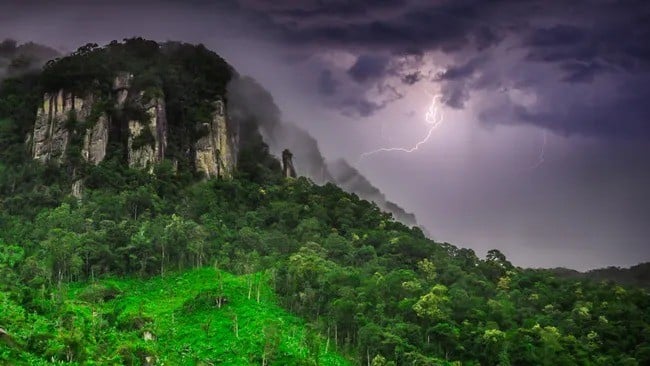
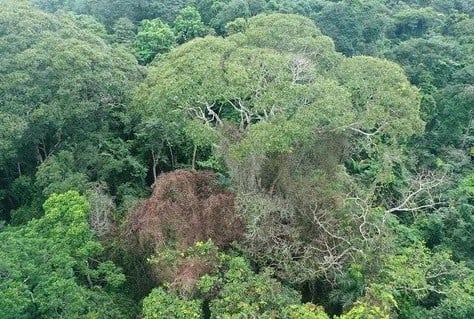
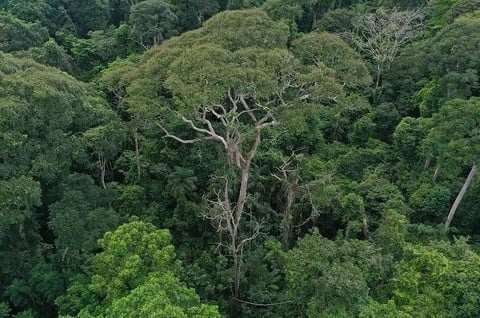

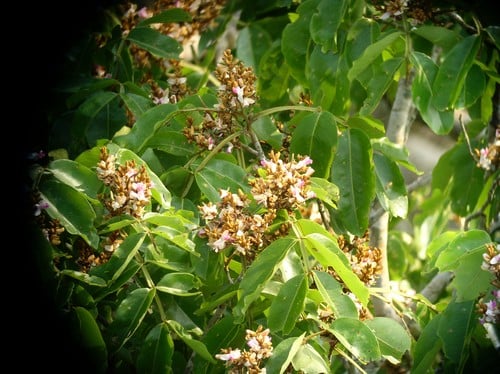

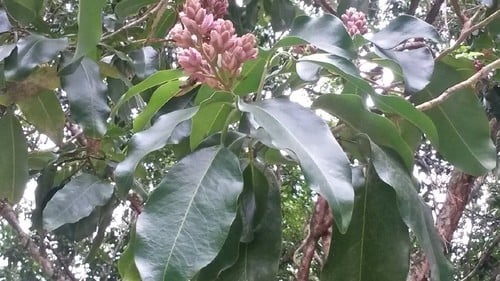
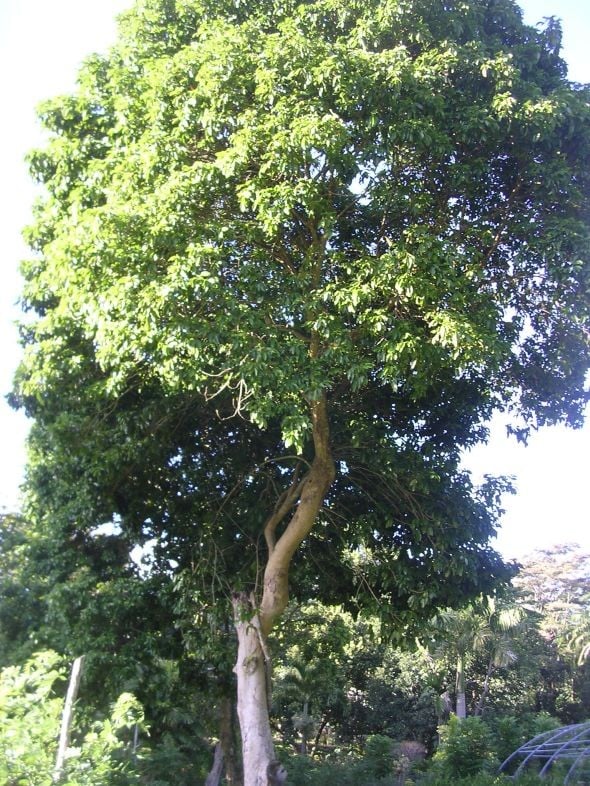
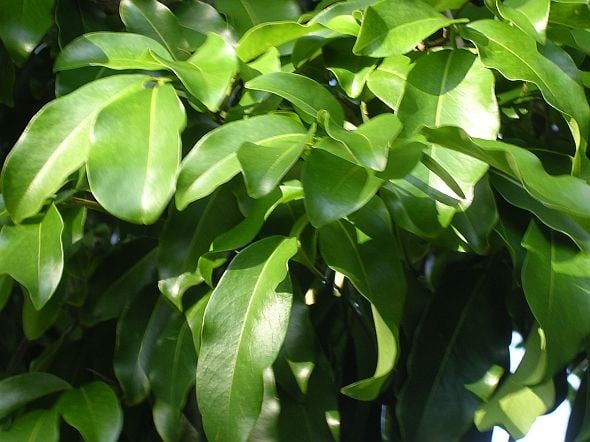
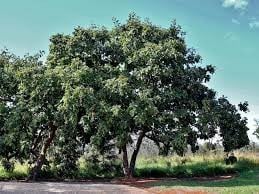
![[Photo] Prime Minister Pham Minh Chinh chairs the national online conference on combating smuggling, production and trade of counterfeit goods.](https://vphoto.vietnam.vn/thumb/1200x675/vietnam/resource/IMAGE/2025/6/23/4a682a11bb5c47d5ba84d8c5037df029)
![[Photo] Wandering through dreams](https://vphoto.vietnam.vn/thumb/1200x675/vietnam/resource/IMAGE/2025/6/24/5eacd7c04f86495cbff912448fa6e934)


![[Photo] Prime Minister Pham Minh Chinh holds meeting to launch exhibition of national achievements to celebrate 80th National Day](https://vphoto.vietnam.vn/thumb/1200x675/vietnam/resource/IMAGE/2025/6/23/0c0c37481bc64a9ab31b887dcff81e40)




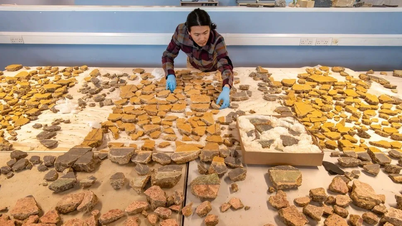









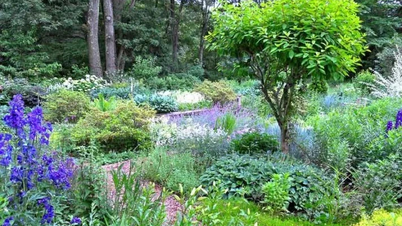

![[e-Magazine] Prof. Dr. Nguyen Huu Tang, a lifetime devoted to science](https://vphoto.vietnam.vn/thumb/402x226/vietnam/resource/IMAGE/2025/6/23/4cd0f839c53343459c89ccdc00d52b2e)









































![[Infographic] The 1st Congress of the Party Committee of the Ministry of Culture, Sports and Tourism, term 2025-2030](https://vphoto.vietnam.vn/thumb/402x226/vietnam/resource/IMAGE/2025/6/24/8afbd7c780424568b23fd09cd74c8b1d)




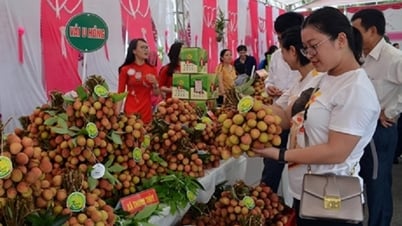


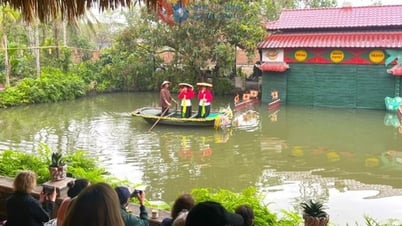
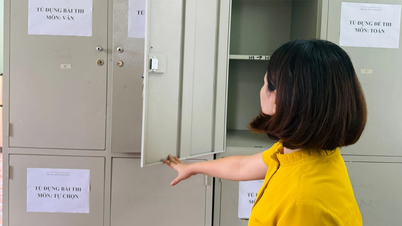





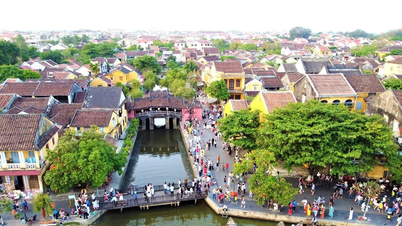
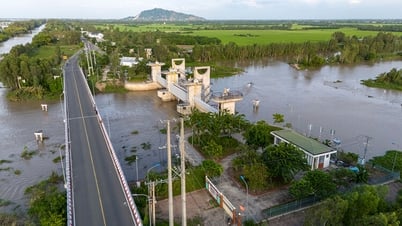

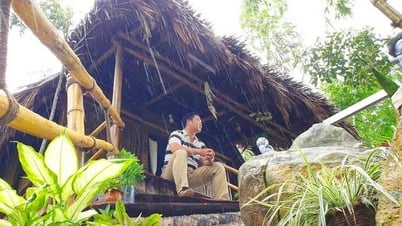













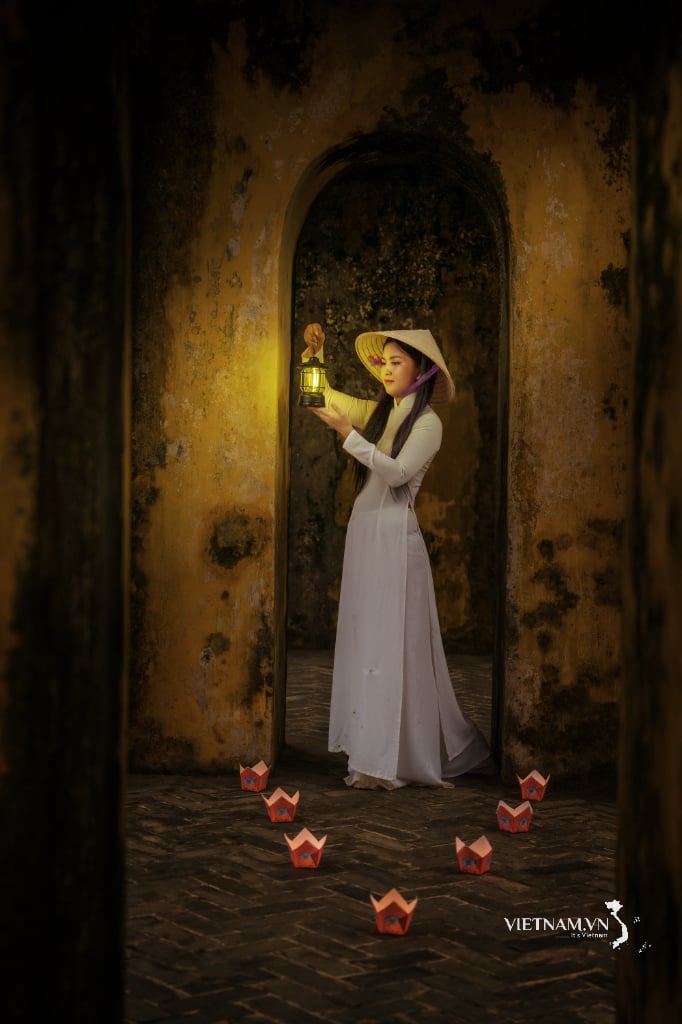


Comment (0)